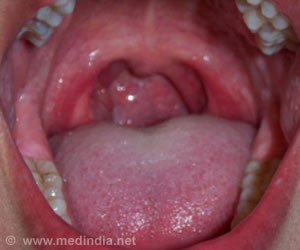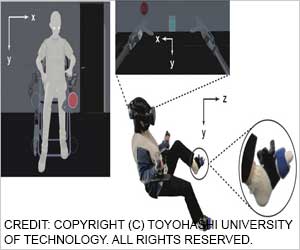says Lindsey Macpherson, assistant professor of neuroscience and developmental and regenerative biology.
‘Loss of the sense of taste that occurs as an unpleasant side effect of chemotherapy could one day be eliminated through a novel developed approach called GRASP (GFP Reconstitution Across Synaptic Partners).
’
Taste and Chemotherapy
The study team aims to better understand why taste is often lost during chemotherapy. The team would give a course of chemotherapy to mice and then monitor their taste function over time.
Studying the behavioral abilities of the mice would then help detect different tastes and different thresholds. This drives the primary focus on how to taste neurons and the taste receptor cells are disrupted during the process of chemotherapy.
The team also anticipates testing a novel developed approach called GRASP (which stands for GFP Reconstitution Across Synaptic Partners) that may help visualize the reaction of these gustatory neurons during chemotherapy.
Neuronal Circuitry
Hence learning the detailed mechanism behind the disruption of taste may help in restoring these structural changes to normal, especially in those who are more susceptible to prolonged taste loss.
“This new technique is one of the most novel aspects about our research at UTSA that will lay the groundwork of understanding how chemotherapy affects taste connectivity and function. This is still a basic level of research but by understanding what goes wrong, we want to improve diagnosis on how to best prevent or repair these taste connections in the future,” says Macpherson.
The team also envisions leveraging their expertise in neurodegenerative disease, brain circuits & electrical signaling, traumatic brain injury, regenerative medicine, stem cell therapies, medicinal chemistry, neuroinflammation, drug design, and psychology to better understand the brain’s complexity.
Source: Medindia



